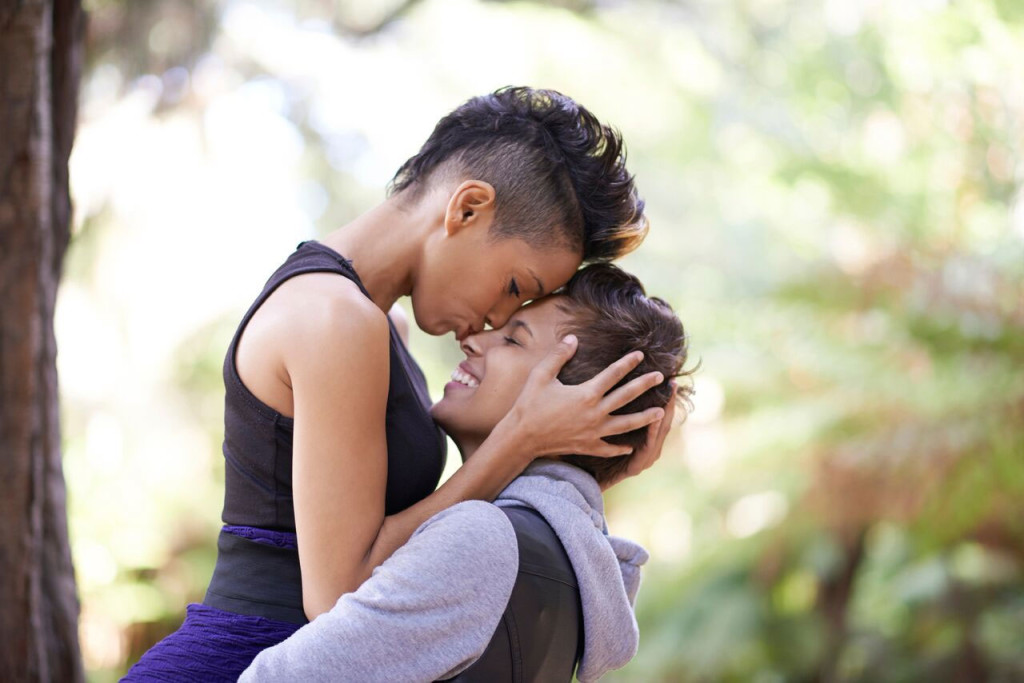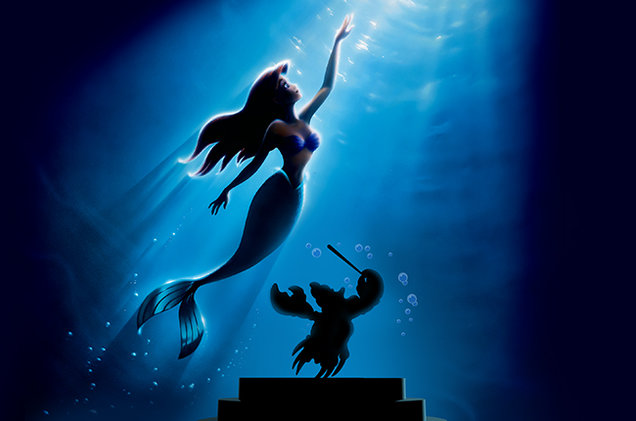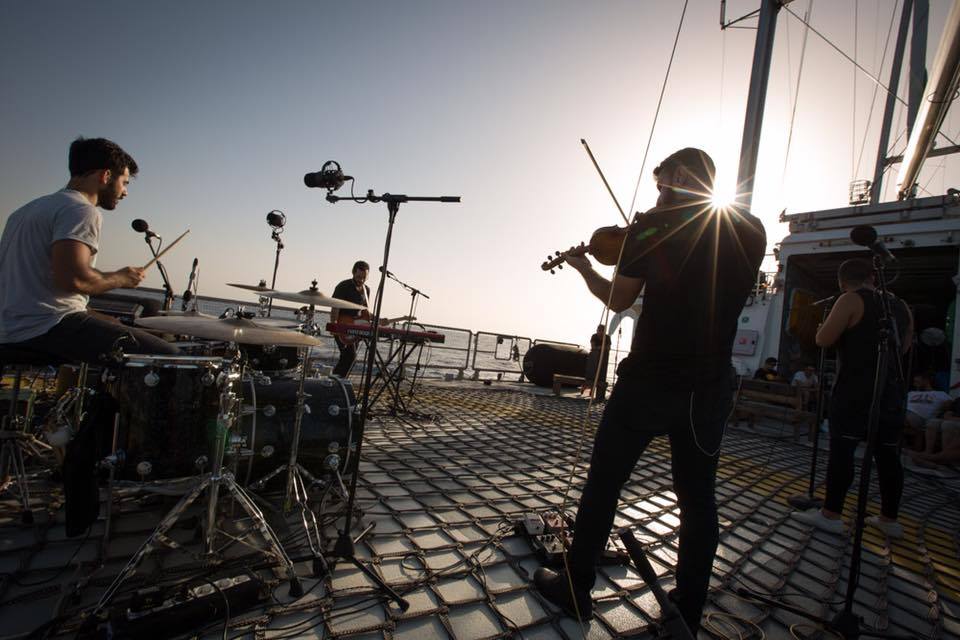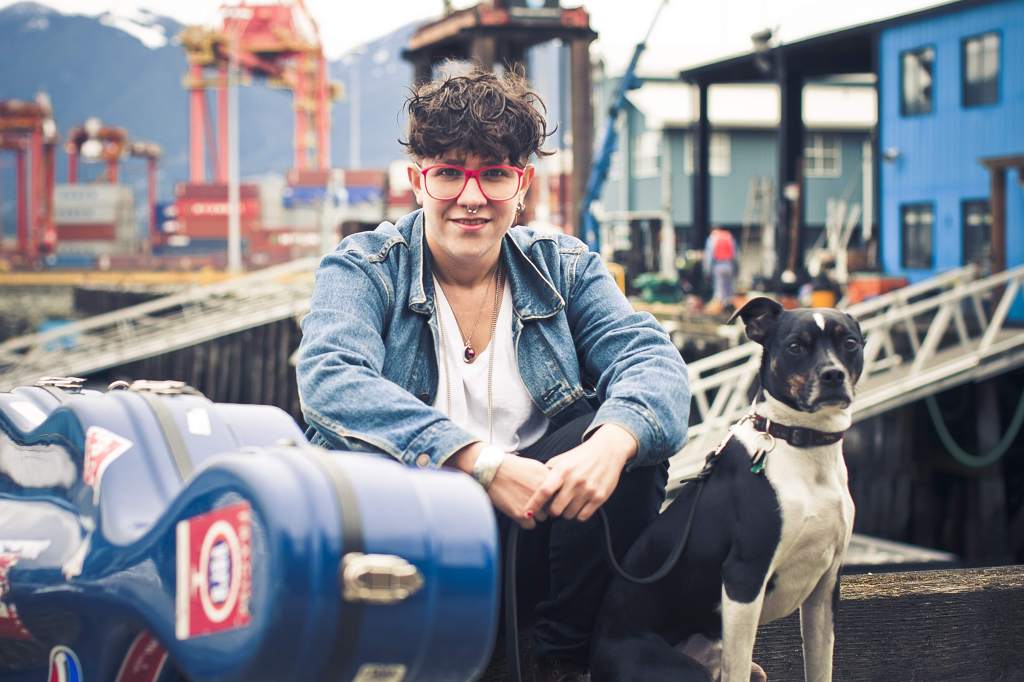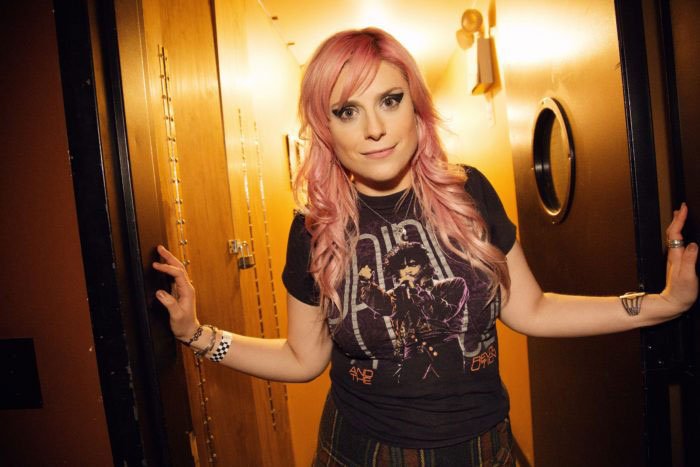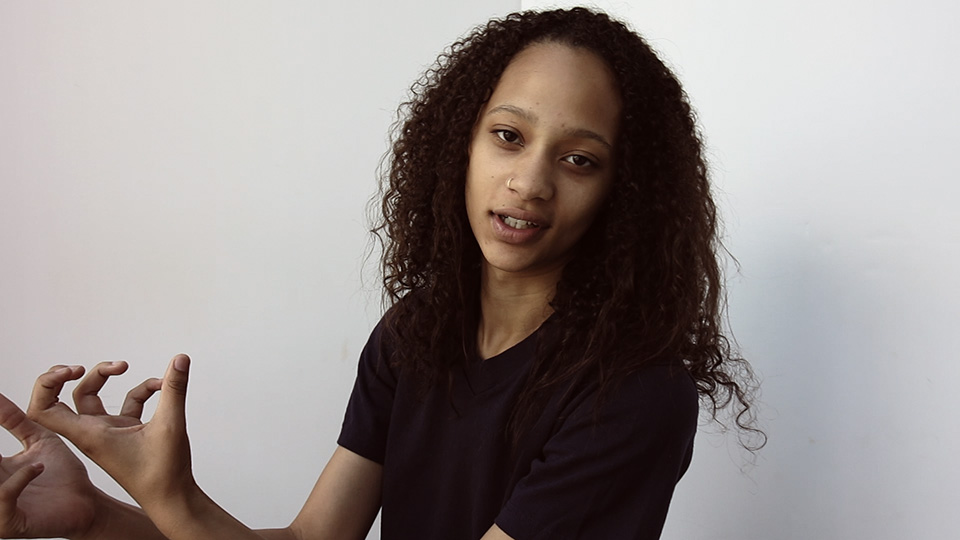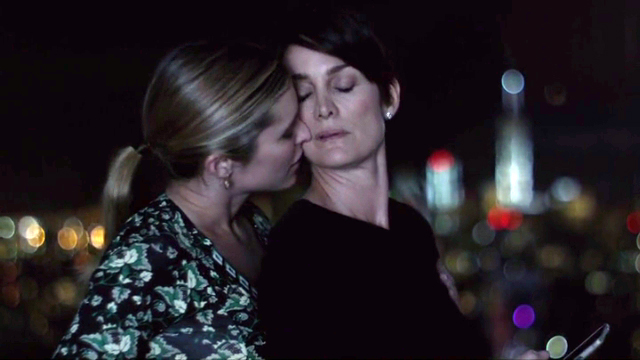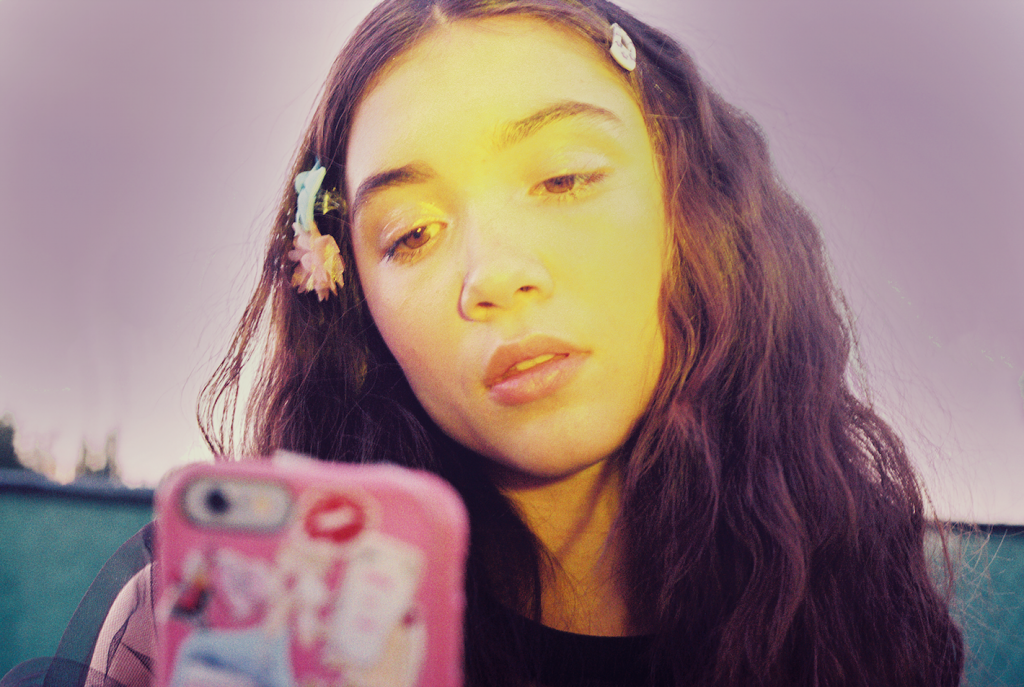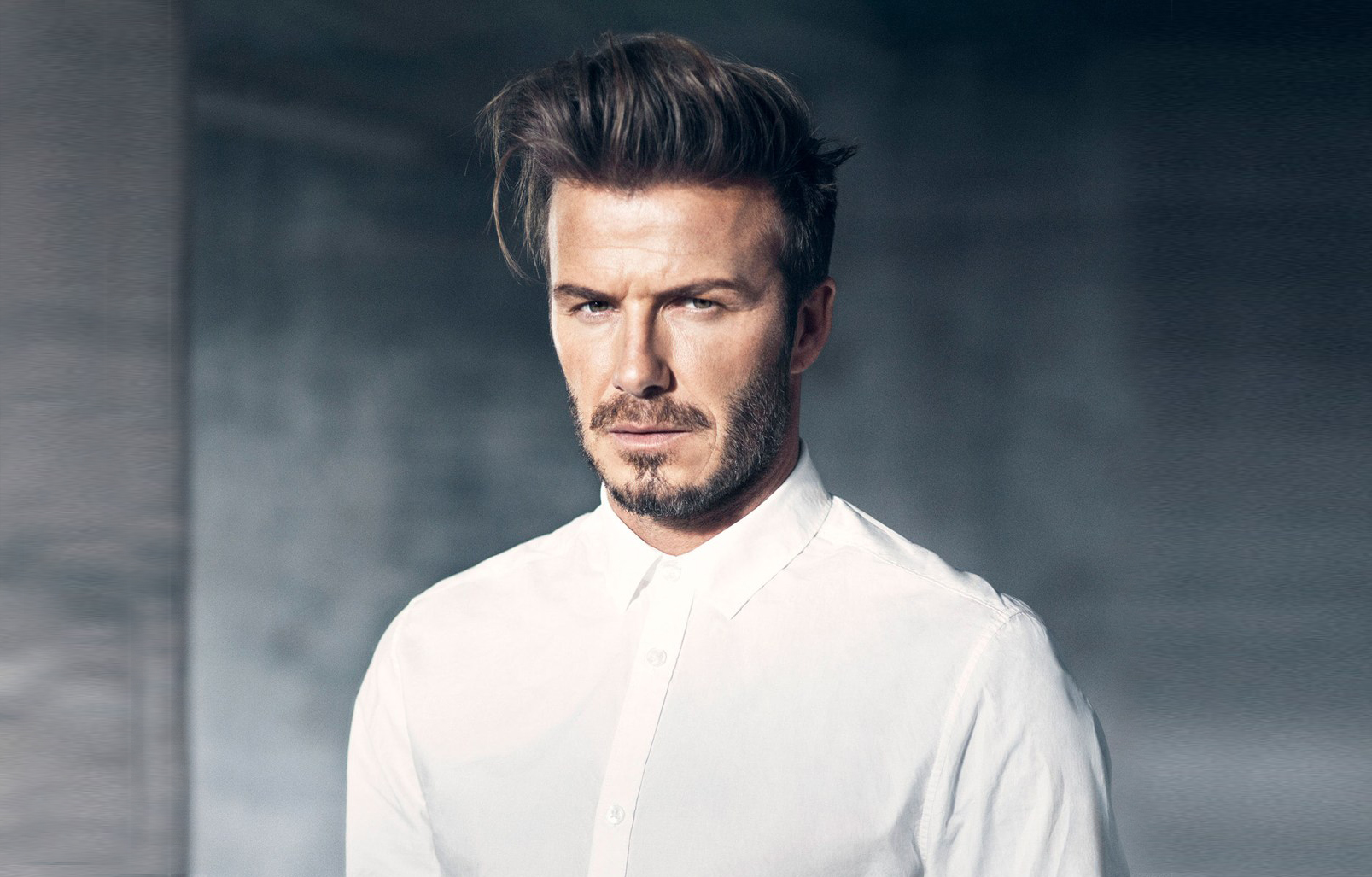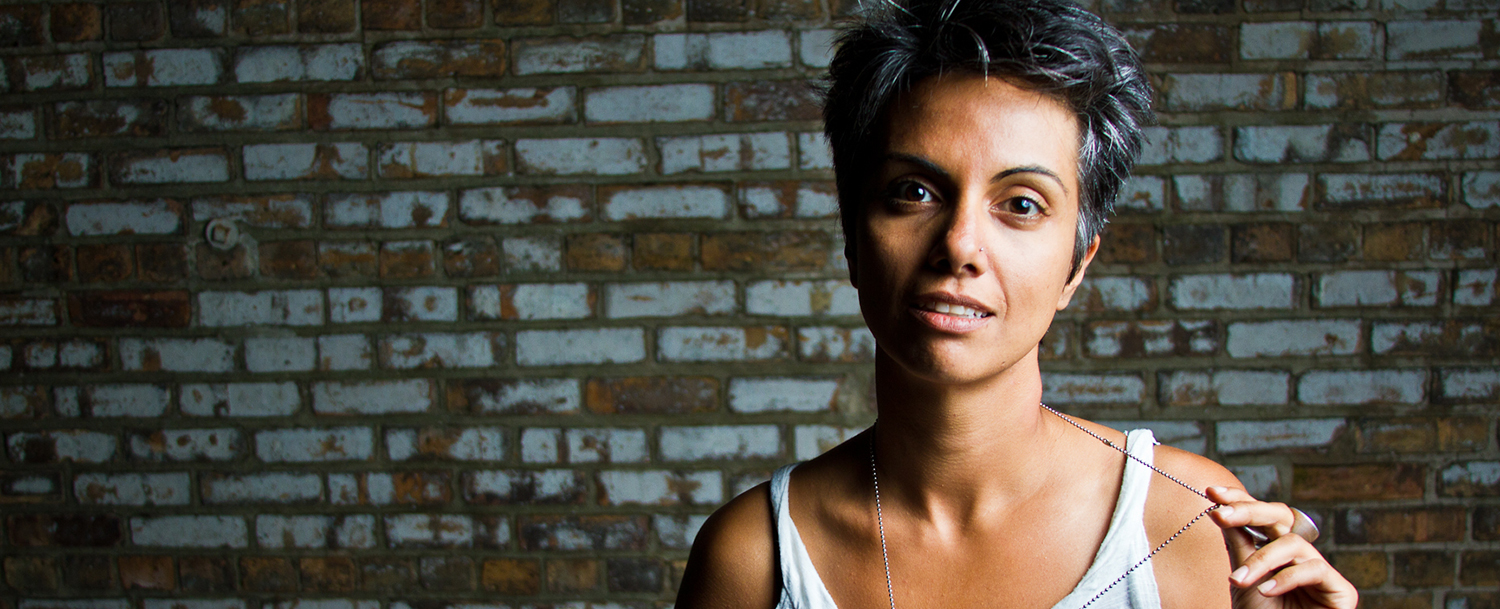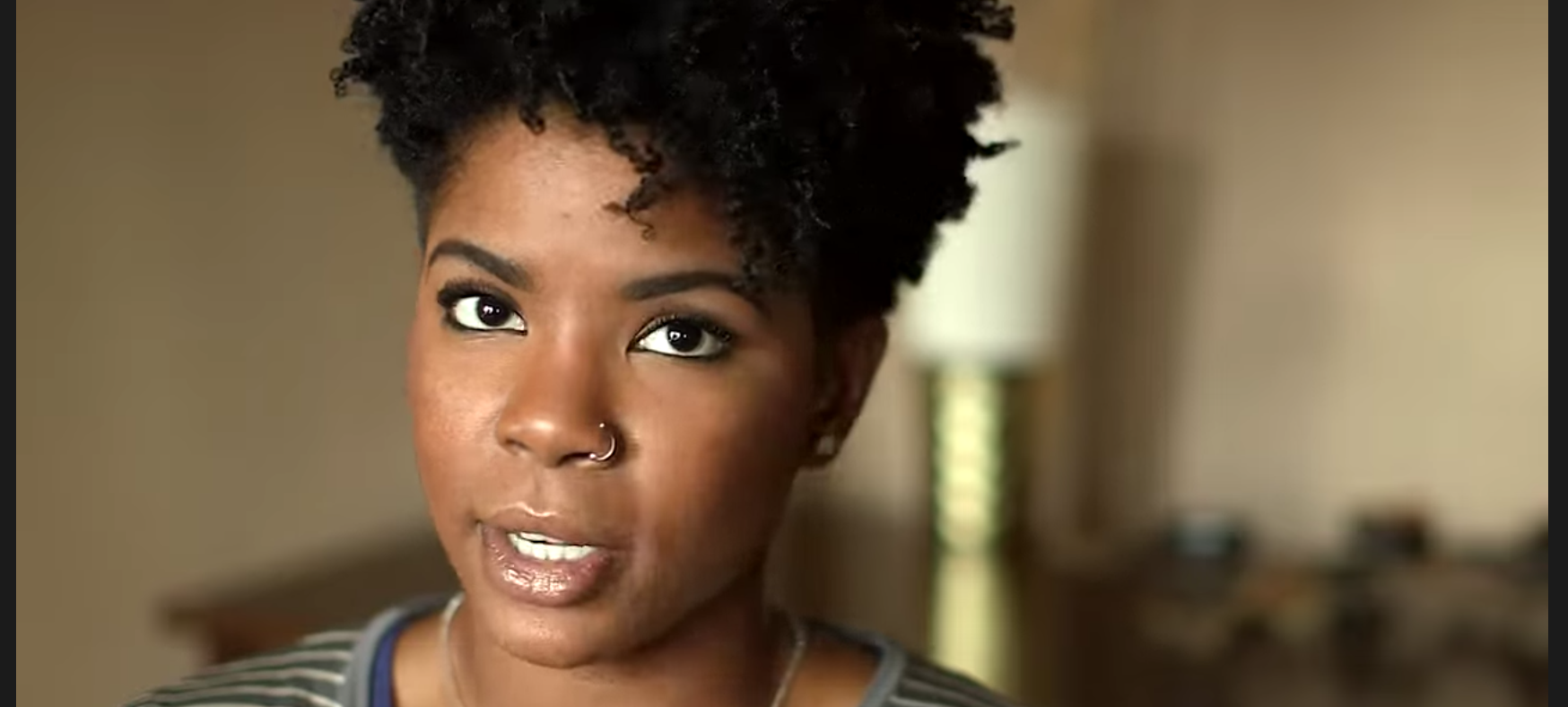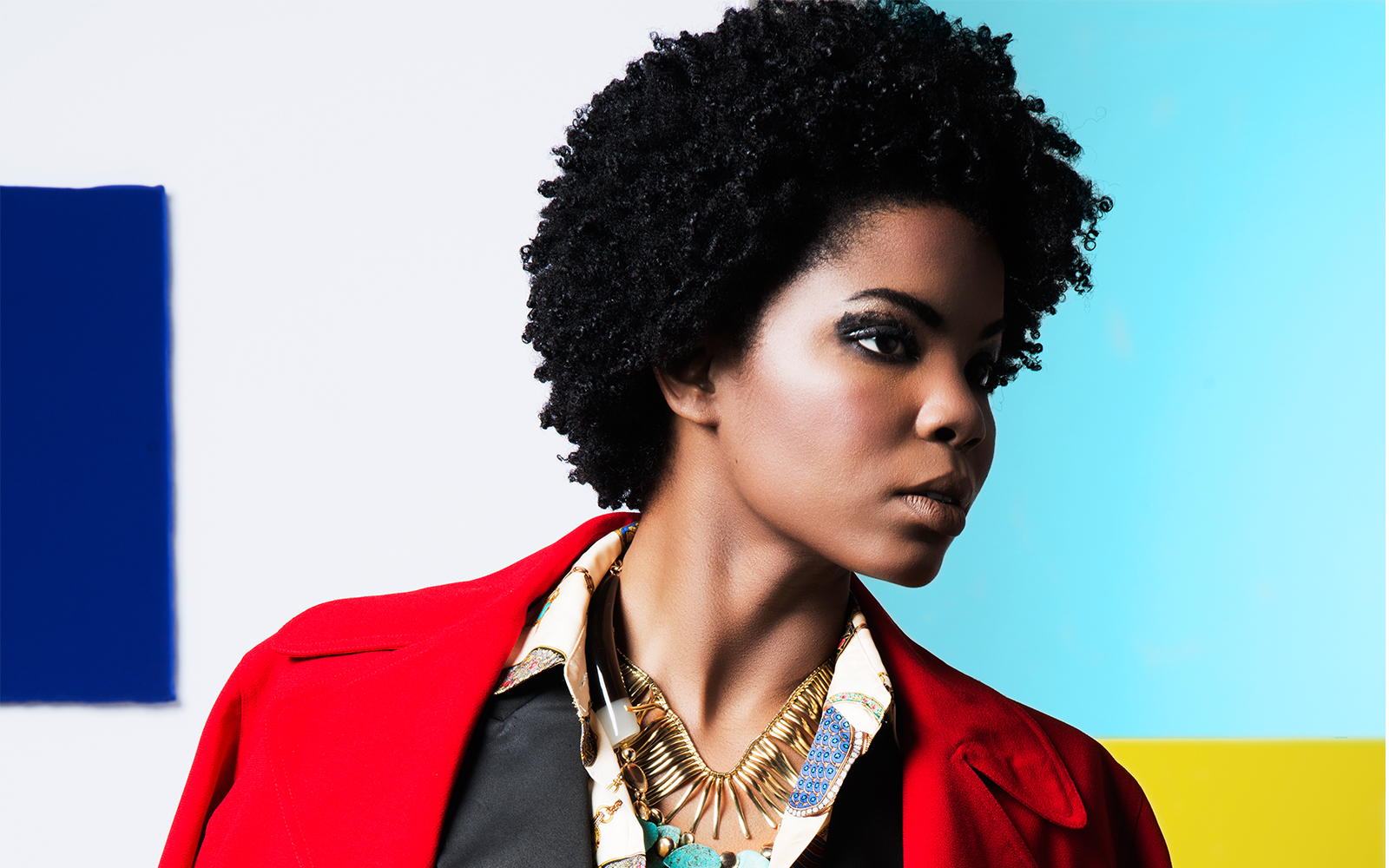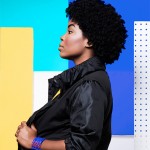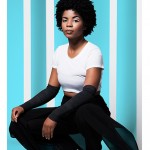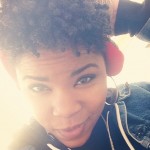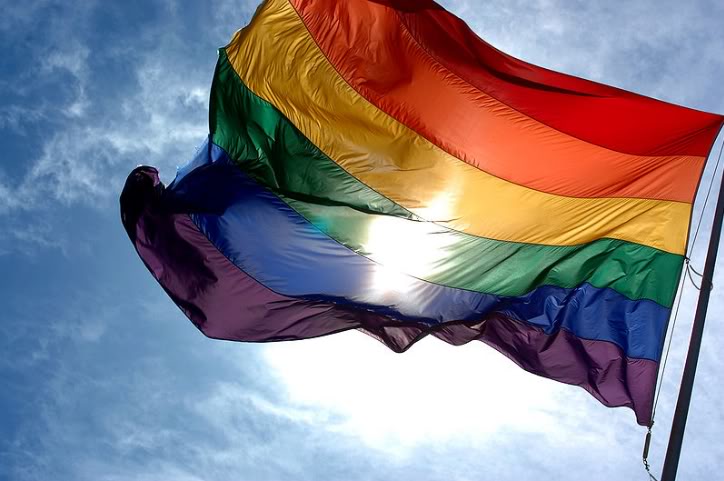It comes as no surprise that we love queer filmmakers. Most importantly, we feel an obligation to honor the queer filmmakers who have been movers and shakers in their industry – especially when their works touch us deeply. Although there are a number of queer filmmakers that fit the bill in this regard, today we’ve chosen to focus on 13 queer female filmmakers who have made a mark on us, sometimes in a very personal way.
Although these women all represent the smallest subsection among directors and producers, we feel that their work is invaluable – even when it doesn’t specifically touch on queer issues. So, who should you look out for?
1. Desiree Akhavan
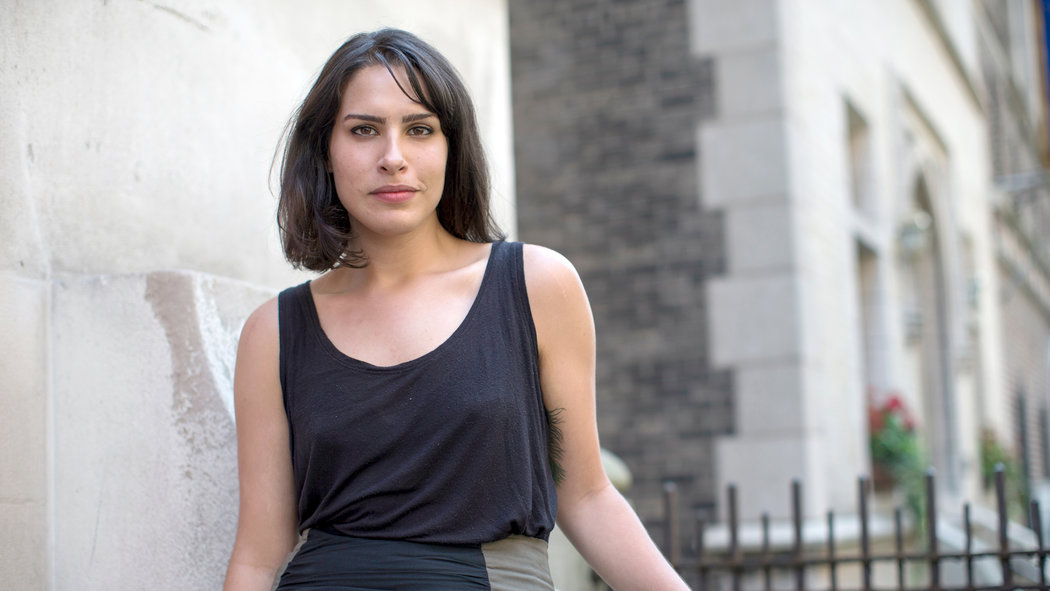
What she’s known for: Appropriate Behavior, 2014
In Akhavan’s 2014 film (which she insists is not autobiographical), she plays Persian-American bisexual woman Shirin. In the movie, Shirin deals with her complicated relationship with her ex-girlfriend Maxine and her conservative family. She’s also struggling with her sexual identity and determining the best way to come out to aforementioned conservative family. Akhavan also has a web series called The Slope, with co-creator Ingrid Jungermann.
2. Jamie Babbit
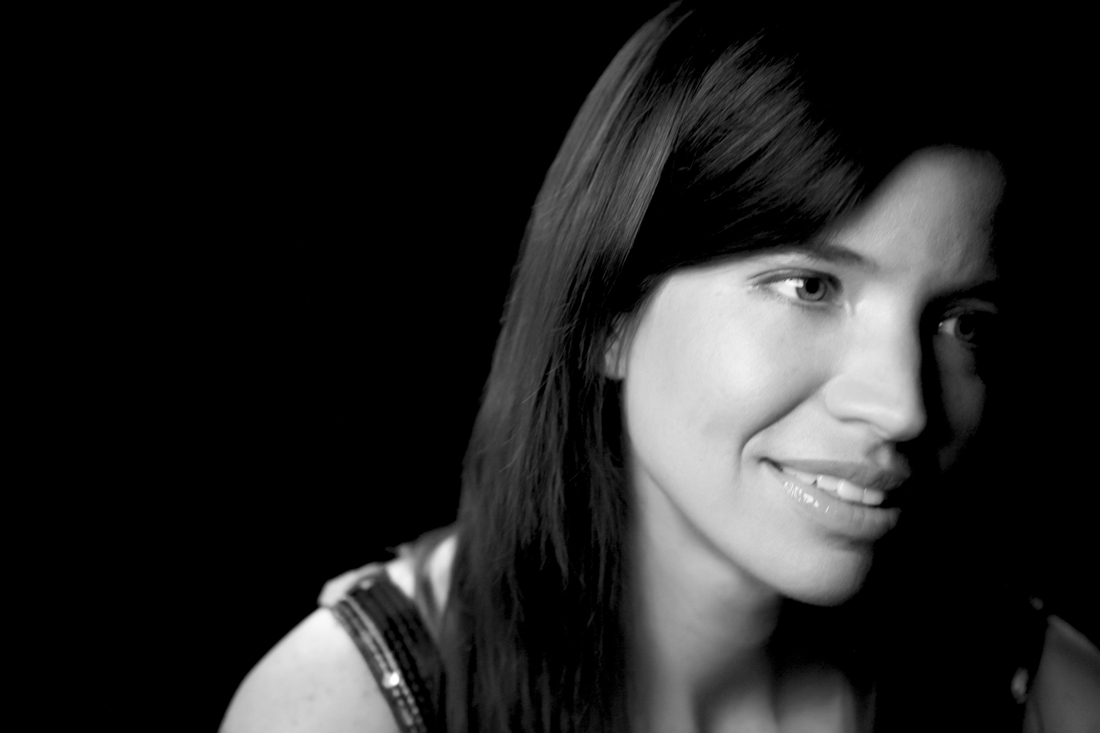
What she’s known for: But I’m a Cheerleader!, 1999
Although Babbit has had a hand in some of the greatest episodes of Gilmore Girls, The L Word, and Looking, among others, she’s most known for the cult classic queer film But I’m a Cheerleader. In case you haven’t seen the film, it’s about young Megan Bloomfield (played by the adorable Natasha Lyonne) who’s sent to conversion therapy camp. The movie deals with some tough issues without being too dark – and, in fact, it borders on whimsical as the characters discover their sexuality. The best part is that there’s something relatable about it, even if you haven’t had the misfortune of going to conversion camp.
3. Lisa Cholodenko
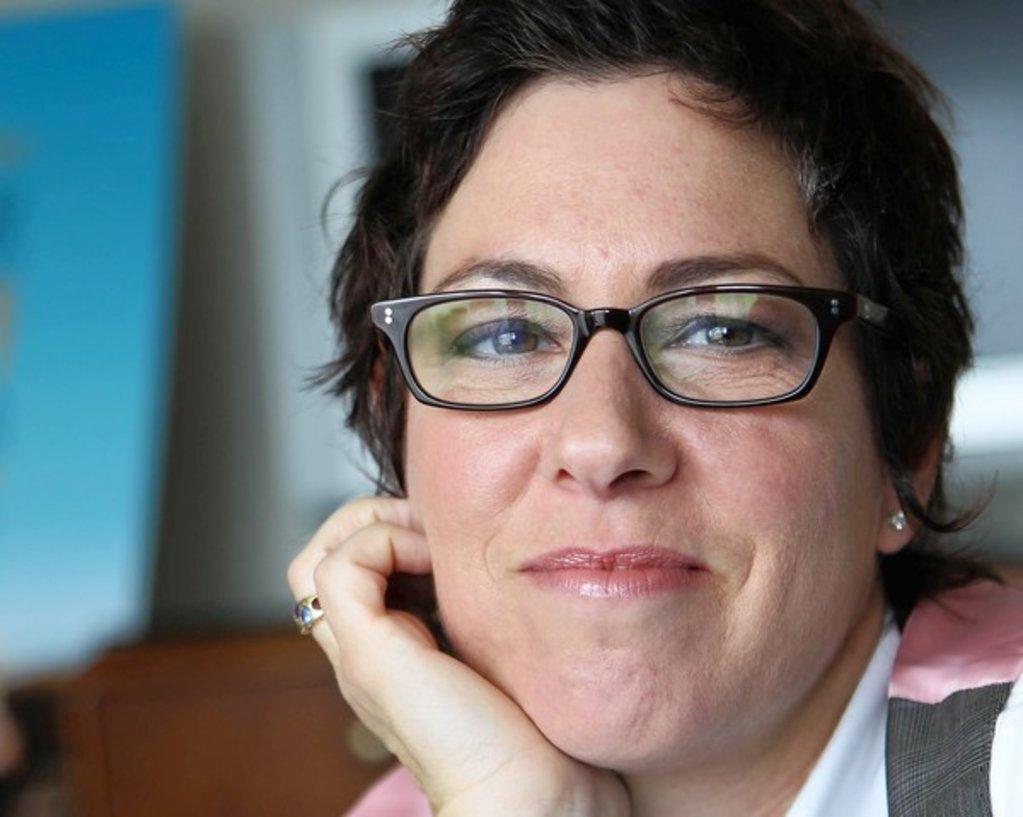
What she’s known for: The Kids Are All Right, 2010, and High Art, 1998
Cholodenko offers the brilliant duality of mainstream success (The Kids Are All Right) and queer indie romance (High Art). While most people are familiar with the first, High Art has a bit of a smaller audience – and while it’s not specific to the queer crowd, it definitely serves as a cautionary tale for those of us attracted to the glamor of the artist’s lifestyle. OK, so not all artists turn out to be like Lucy in this movie, but there’s a lot of strong emotion hidden within this one – and it’s definitely worth a look.
4. Jodie Foster

What she’s known for: being Jodie Foster
Okay, so most people have heard of Jodie Foster, and her official coming-out story from 2013 (although there were a few of us who had our suspicions long before then). What’s less known is that she’s directed a number of amazing films over the last 25 years, including Little Man Tate (1991), Home for the Holidays (1995), and Money Monster (2016). While all of her films are worth noting, Home for the Holidays happened to feature Robert Downey Jr. as queer Tommy Larson. She even had her hand in directing an episode of Orange is the New Black – specifically, season 1, episode 3, “Lesbian Request Denied”. That sounds like a good enough excuse to rewatch season one, don’t you think?
5. Nisha Ganatra

What she’s known for: Chutney Popcorn, 1999
In Chutney Popcorn, Ganatra plays the lesbian Indian-American woman Reena, who carries a child for her sister Sarita. This puts a major strain on Reena’s girlfriend Lisa, while Reena is already struggling to fit her sexuality into her cultural identity. Ganatra has been involved with a few other films, but she mainly works on television – including directing and producing the first season of Transparent, along with episodes of Mr. Robot and Shameless.
6. Aurora Guerrero

What she’s known for: Mosquita y Mari, 2012
Guerrero’s only feature theater release tells the story of two teenage girls, Yolanda and Mari, whose unconventional friendship turns into something deeper in a beautiful coming-of-age story. She has a second film in the works, Los Valientes, which has yet to be released. This second film tells the story of a gay undocumented Mexican immigrant. More than just a filmmaker, Guerrero is also an activist, and the co-founder of Womyn Image Makers.
7. Ingrid Jungermann
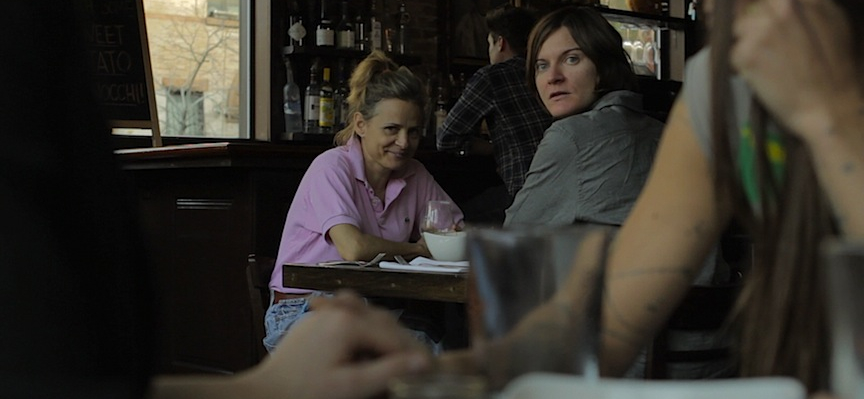
What she’s known for: The Slope, a web series that she co-created with Desiree Akhavan
Jungermann debuted her first feature film at the Tribeca Film Festival in 2016. This movie, called Women Who Kill, tells the story of Morgan and her ex-girlfriend Jean, who co-host a true crime podcast together. These two women begin to suspect that Morgan’s new love interest might be a killer – definitely a film to watch out for! But, if you’re looking for something to hold you over until its widespread release, The Slope and F to 7th are two wonderful web series – the latter is being developed for television.
8. Maryam Keshavarz
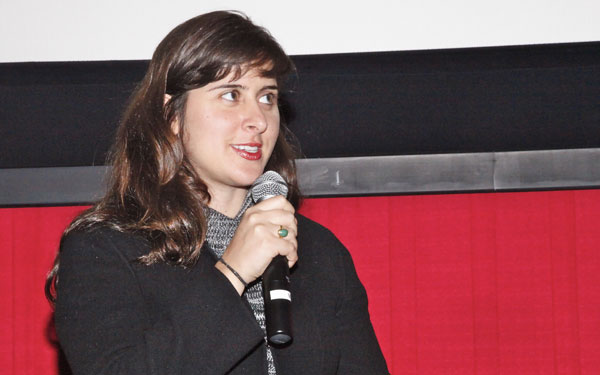
What she’s known for: Circumstance, 2011
In Keshavarz’s 2011 film, we follow a young woman in contemporary Iran as she experiments with sex, drugs, and a homosexual relationship. The film (and Keshavarz herself) were banned in Iran, which is often the mark of a true visionary. In 2003, she also worked to explore her own Iranian heritage with the documentary The Color of Love. We recommend checking out both movies when you can.
9. Kimberly Peirce

What she’s known for: Boys Don’t Cry, 1999
I think we’ve probably all seen Peirce’s amazing take on Boys Don’t Cry, which tells the story of the murder of Brandon Teena in 1993. She’s also released a couple of other films since then – Stop-Loss in 2008, and the remake of Carrie in 2013. She also appeared in the documentary This Film is Not Yet Rated to discuss the unfair biases placed against queer sexual representation in movies by the MPAA.
10. Dee Rees
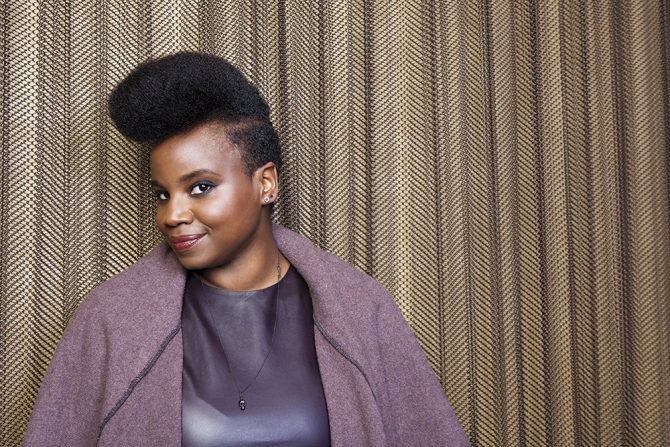
What she’s known for: Pariah, 2011
Rees’ 2011 film tells the story of 17-year old Alike, who is starting to explore and embrace her sexuality (as a lesbian). Rees followed this movie with the 2015 HBO biopic Bessie, about queer blues singer Bessie Smith (played by Queen Latifah). She’s helping to develop the TV adaptation of The Warmth of Other Suns, along with Shonda Rhimes. If you’ve got time, you should also check out the period film Mudblood, as well as her documentary Eventual Salvation.
11. Patricia Rozema
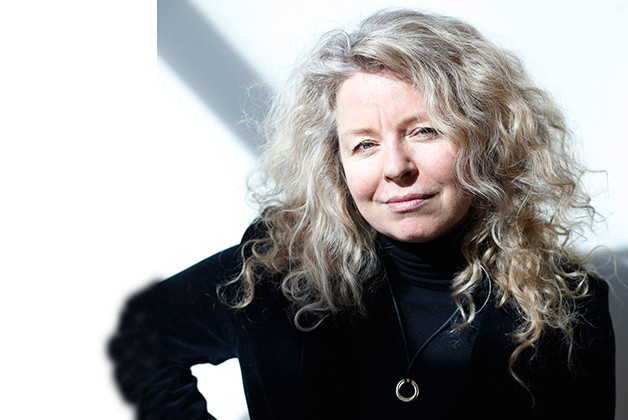
What she’s known for: I’ve Heard the Mermaids Singing, 1987
Rozema has had an eclectic career, spanning both films and television in Canada as well as the United States. I’ve Heard the Mermaids Singing centers around queer women, as does her 1995 film When Night is Falling. She also helped to adapt Jane Austen’s Mansfield Park and directed episodes of In Treatment and Tell Me You Love Me. Most recently, she worked with Ellen Page and Evan Rachel Wood on the apocalyptic drama Into the Forest, coming out later this month.
12. Lynn Shelton

DEAUVILLE, FRANCE – SEPTEMBER 01: Director Lynn Shelton poses at ‘Your Sister’s Sister’ Photocall during 38th Deauville American Film Festival on September 1, 2012 in Deauville, France. (Photo by Francois Durand/Getty Images)
What she’s known for: Humpday, 2009
Although Humpday isn’t exactly your traditional queer film – being that the protagonists are straight men who consider having sex on camera in the name of art – it explores male sexuality and homoerotic tendencies present in many male friendships. Shelton herself is bisexual, and has explored the spectrum of human sexuality in Your Sister’s Sister in 2011. She also directed Laggies in 2014, which tells the story of Megan, who spends a week living the teenage dream after her boyfriend proposes to her.
13. Rose Troche
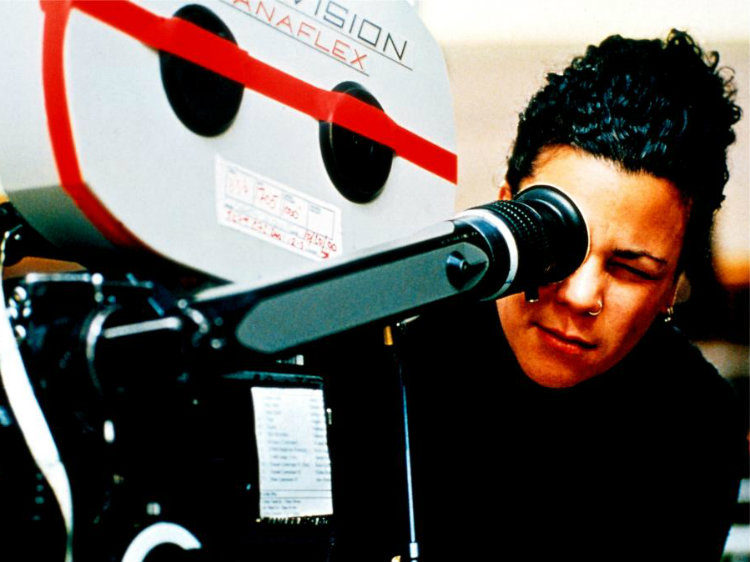
What she’s known for: Go Fish, 1994
In a timeless example of classic queer cinema, Troche’s Go Fish tells the love story of Max and Ely. Troche’s films aren’t always specifically queer-themed, although she stated in a 2001 interview that “Everything I do is informed by being queer”. Many of her directing credits lie in television work, where she’s assisted with The L Word, Finding Carter, and Six Feet Under. More recently, Troche worked on the virtual reality film Perspective; Chapter 1: The Party, which took a head-on look at sexual assault.

